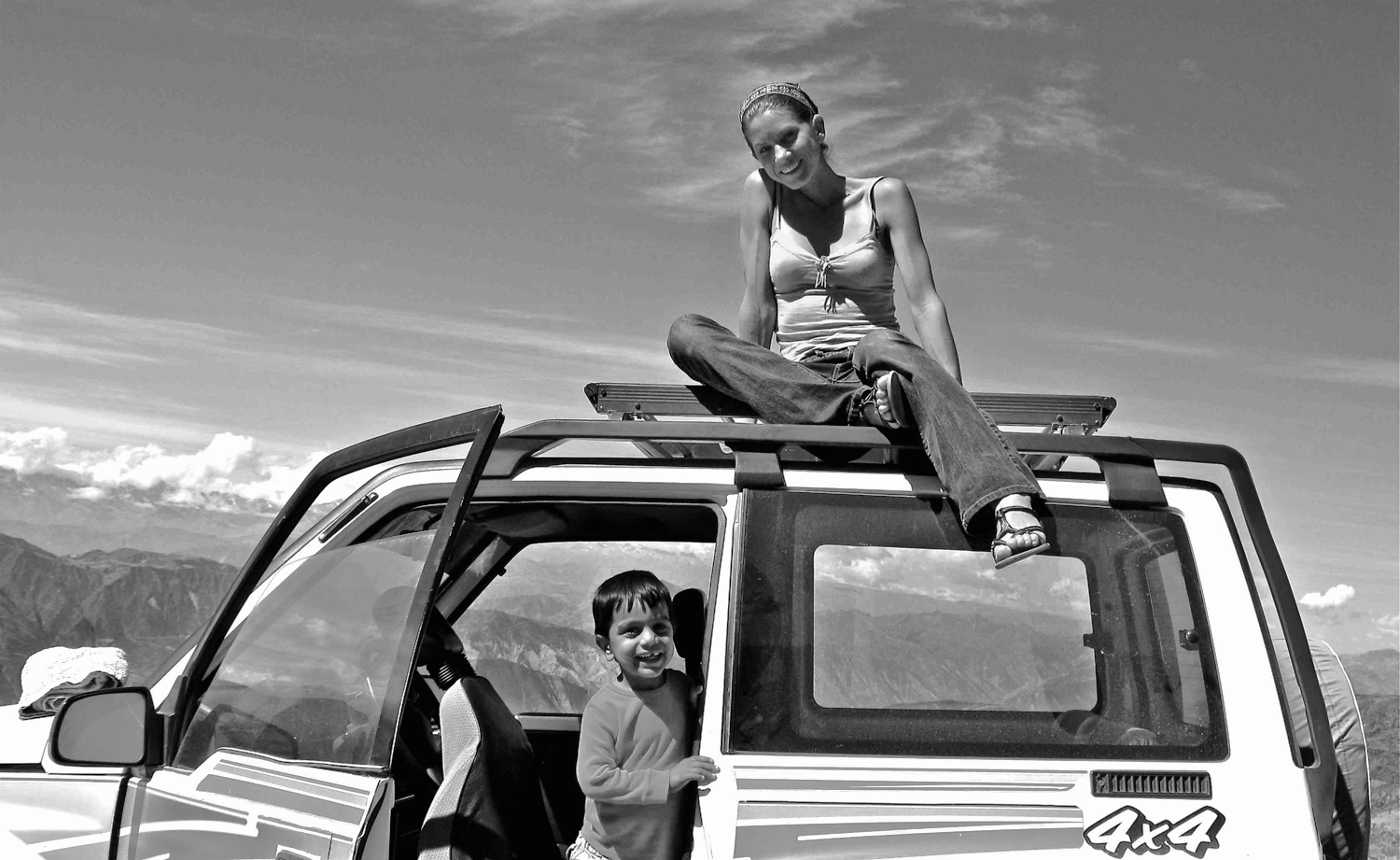
Profile: Colleen Glyde Julian

Researcher Explores Pregnancy at Altitude
Colleen Glyde Julian (EPOB’97, MKines’01, PhD’07) knows a thing or two about living in rarefied air. On her way to becoming a three-time cross country and track and field All-American at CU-Boulder, she experienced firsthand how running at high altitude can leave you breathless.
Today, as assistant professor in the medicine department at the University of Colorado Denver Anschutz Medical Campus in Aurora, Colo., Colleen is hoping to use both her practical and theoretical knowledge to enhance the lives of others.
“I don’t think I’ll ever stop being in awe of how intricate human physiology is or how much biologic fine-tuning has to go on to keep the whole operation moving,” she says.
Babies born at altitudes greater than 8,000 feet are three times as likely to have lower birth weights compared to those born at lower altitudes. In Colorado birth weight declines an average of just over 3.5 ounces per 3,300 feet. She explains that lower barometric pressure at high altitude means less oxygen is available in the air, which results in the baby receiving an inadequate supply of oxygen — a condition known as in utero hypoxia — and fewer nutrients.
Underweight babies have a higher probability of neonatal morbidity and mortality and a greater risk of such complications as jaundice, anemia and respiratory distress. Furthermore, when these babies reach adulthood they may be more susceptible to pulmonary diseases, according to Colleen and her colleagues.
In Bolivia she and her team discovered the effects of high altitude in pregnant Andean women, whose ancestors had lived at high altitude for millennia, are counteracted by increased blood flow and oxygen to the fetus through the expansion of blood vessels. In contrast, European women did not show this adaptation.
As a result, Colleen thinks it may be possible in the future to “identify therapeutic targets, so we can not only help prevent or treat hypoxia-related pregnancy complications but also their long-term consequences.”
She credits her time as a CU-Boulder athlete with helping to shape her scientific mind.
“When things aren’t panning out the way they should, you try something new, you ask questions, you get creative, you ask for advice, you modify your plan, but you keep moving forward and you keep trying even when the most attractive option is to just sit down,” she says.

